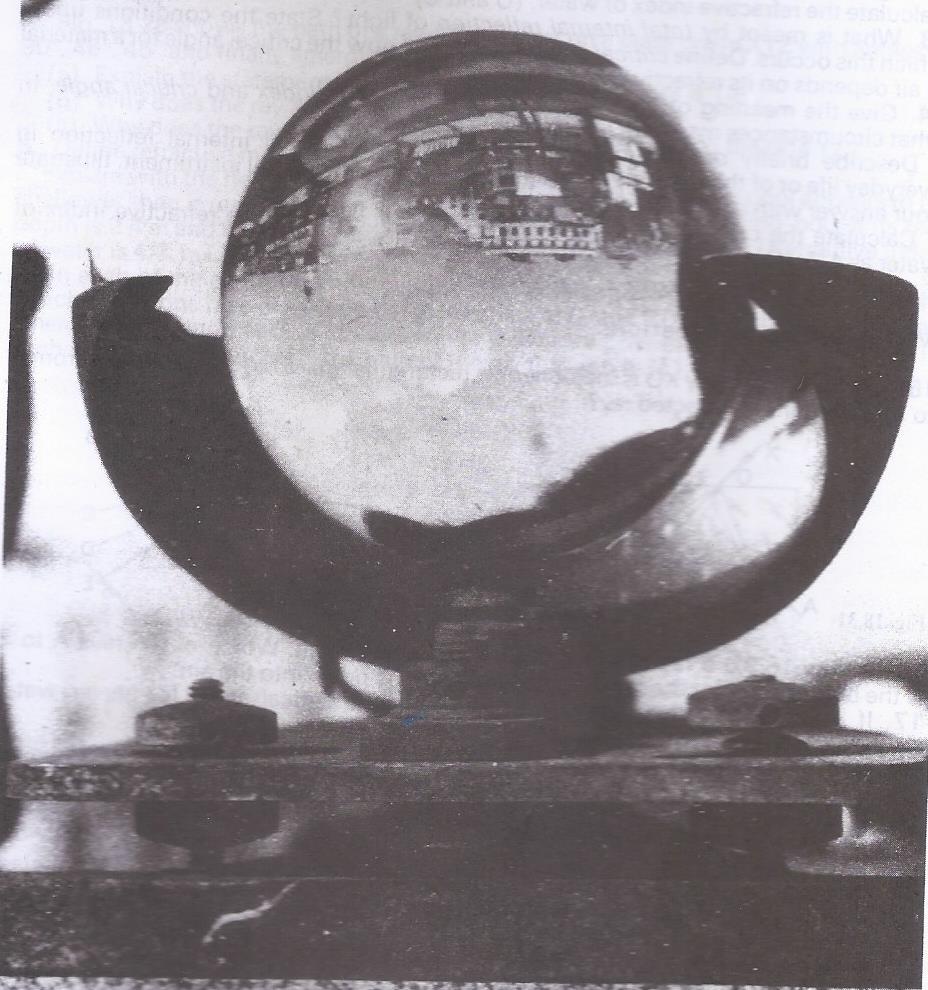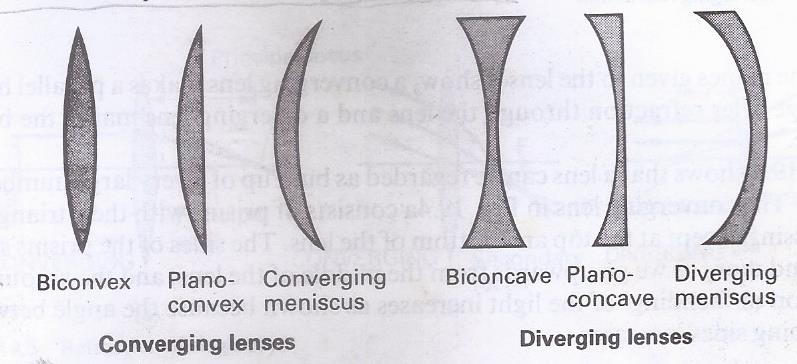Free Download of JAMB'S UTME Physics Past Questions with Answers on "Refraction of Light through Lenses"
Free Download of Jamb's Utme Physics past questions with Answers on "Refraction of Light through Lenses."
There have been lots of posts out there, stating 'Free Download of UTME Physics past questions with Answers' but only questions without answers. This has prompted me to painstakingly create this pack by solving Jamb physics past questions on different topics and making them available to download for free. Not only are these questions solved topics by topics, they're also solved systematically from the simplest to the hardest. It is a unique past questions pack with answers to make easy studying of the subject.
Side Note: 'ume 91@05' in the pack implies ume 1991 question number 5.
As the description of the website displays-understanding what you know is the key- I would like to explain this topic briefly.
As the description of the website displays-understanding what you know is the key- I would like to explain this topic briefly.
Brief explanation on the topic
Refraction through Lenses
Lenses consists of pieces of glass of thickness varying from the middle to the edges, with spherical surfaces on one or both sides. They are used in spectacles to correct defects of vision, and in optical microscopes for looking at objects too small to be seen by the naked eye. They are also used in telescopes and prism binoculars for seeing distant objects, and in cameras and film projectors.
Lenses have been used to concentrate light since ancient times, and they were then called burning glasses.
Lenses have been used to concentrate light since ancient times, and they were then called burning glasses.
Types of lenses
The eye has a natural converging lens, and a camera has a glass converging lens. Some spectacles may contain diverging lenses, others may contain converging lenses. One type of telescope has both a converging and a diverging lens inside it.




Comments
Post a Comment